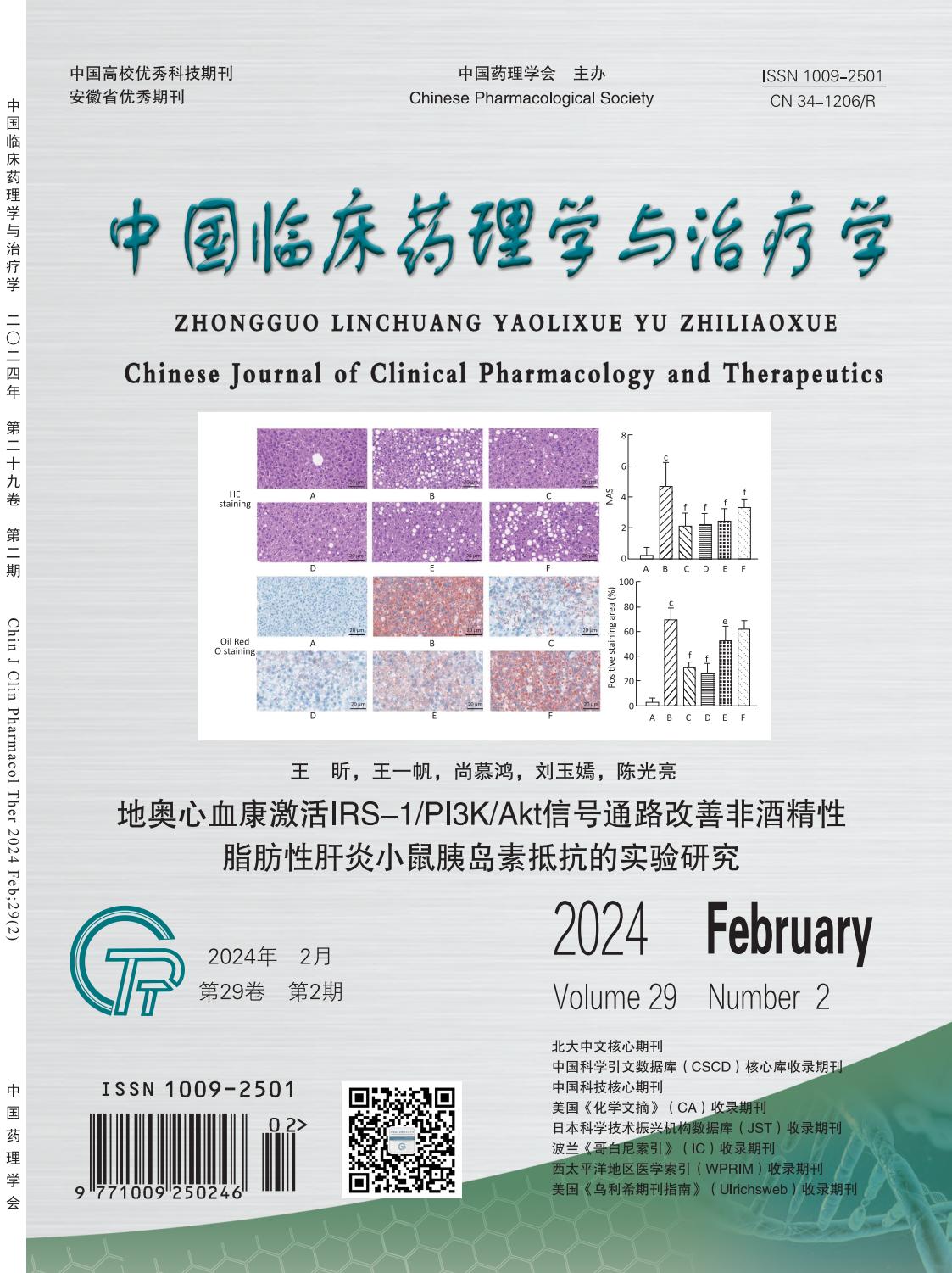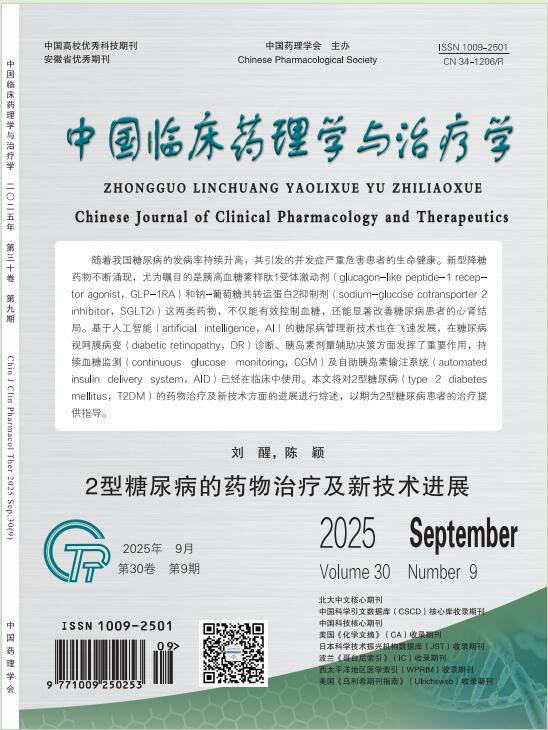AIM: To study the effect and mechanism of Di'ao Xinxuekang (DXXK) on insulin resistance in nonalcoholic steatohepatitis (NASH) mice. METHODS: C57BL/6J mice were randomly divided into normal group and model group. After 16 weeks of high-fat diet, the model group was randomly divided into model group and Pioglitazone group (6.0 mg·kg-1·d-1), DXXK high, medium, and low (200, 60, 20 mg·kg-1·d-1) dose groups, with 8 animals in each group, and were administered by gavage for 8 consecutive weeks. The body weight, activity, fat mass, fasting blood sugar (FBG), serum insulin (FINS), total cholesterol (TC), triglyceride (TG), aspartic acid transaminase (AST), alanine amino transferase (ALT), and the contents of TC and TG in the liver were measured; oral glucose tolerance test (OGTT), intraperitoneal insulin tolerance test (IPITT), calculate insulin resistance index (HOMA-IR), insulin sensitivity index (ISI), area under curve (AUC) of OGTT and IPITT. HE staining was used to observe liver pathology, and Oil Red O staining was used to observe liver lipid accumulation. Western blot was used to detect the related proteins and downstream target SREBP-1c protein in the IRS-1/PI3K/Akt signaling pathway in liver tissue. RESULTS: Compared with the model group, the body weight, fat mass, FBG, FINS, HOMA-IR, ISI, TC, TG, AST, ALT levels, AUC of OGTT and IPITT in DXXK group and pioglitazone group were significantly reduced, significant increase in activity, liver lipid deposition and liver function abnormalities were significantly improved, hepatocyte steatosis and ballooning were significantly reduced, and liver p-IRS-1/IRS-1, PI3K, p-AKT/AKT protein expression was significantly increased, SREBP-1c protein expression was significant decrease. CONCLUTION: DXXK can improve insulin resistance in NASH mice, and its mechanism of action may be related to the activation of the IRS-1/PI3K/Akt signaling pathway.


